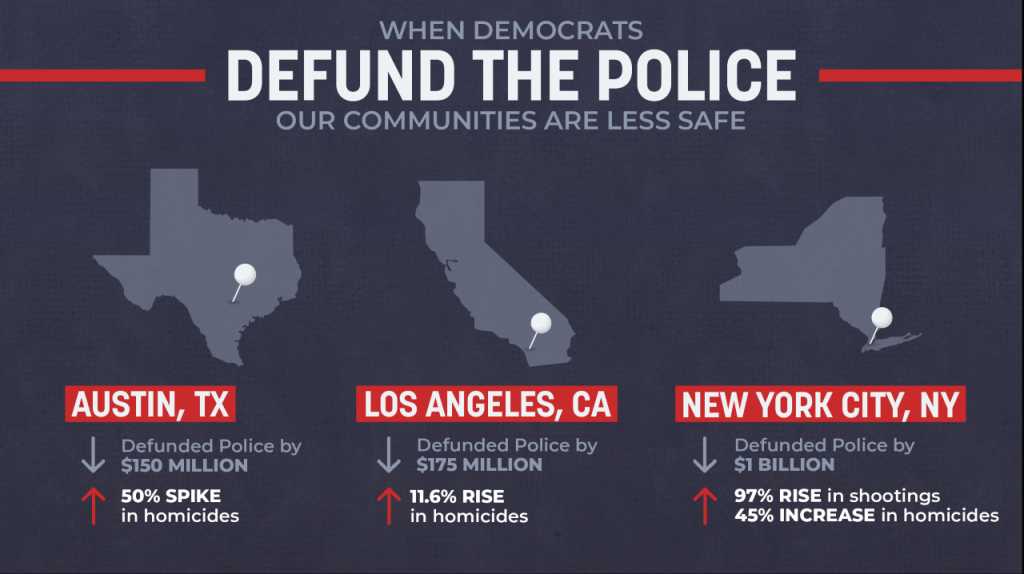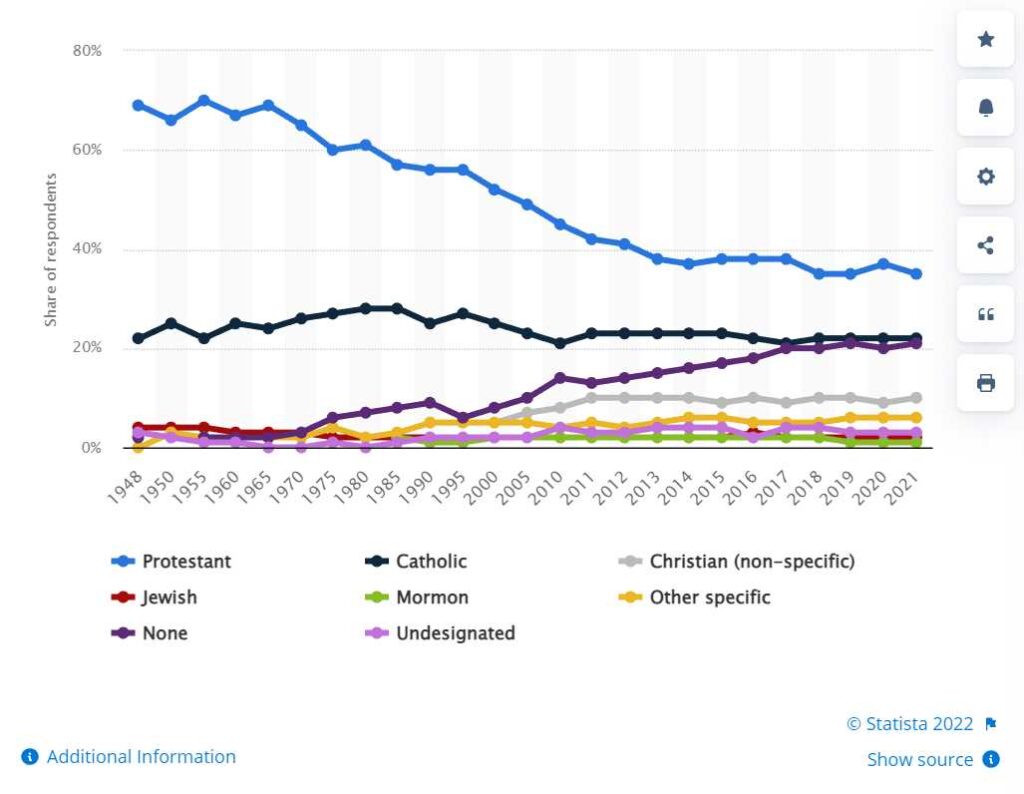Decision-making should be based on facts and reason and not on emotions. Two of the biggest emotional factors that can cloud decision-making are the sunk cost bias and how any decision will affect the decision-maker’s identity.
How Sunk Cost Clouds Decision-Making
Psychologically, we internalize a failure, based on a decision we made, as our fault. In contrast, we do not feel the same level of regret for making no decision and staying the course. Therefore, we are skewed to a bias of inaction as we consider the contribution of sunk cost and the feeling that if we abandon a project or business idea, we will have to give up all that we have already invested.
As business owners, we are often faced with two common scenarios.
First, we agree on a course of action for a period of time, say six months, and then, before that period expires, say after three months, we change our priorities before we can see traction and quit prematurely.
Second, we tell ourselves that we must demonstrate grit and we stay the course well beyond the agreed-upon period. The more time elapses, the more incentive we feel to stay the course because we have a hard time rationalizing quitting or changing course based on our sunk cost investments.
The problem with goals, and one of the reasons I don’t insist that every new business begins with a business plan, is that goals remain unchanging while the landscape often changes or new information becomes available during the journey. Having a finish line can cause you to become so fixated on the goal that you ignore all the signals that would tell you to abandon the goal or that it is time to pivot to a new one.
Summiting Mt. Everest requires about three months. The three months do not include the training required to get into shape. If you get to within 1 hour of the summit of Mt. Everest and you have consumed half of your oxygen and decide to quit the climb to have enough oxygen for the descent, it is seen as a failure. Yet, what kills many climbers each year is ignoring that deadline and pressing on. After investing significant time, effort, and money, when the goal is close, there is a tendency to abandon reason based on sunk costs and plow ahead.
The amount of oxygen remaining should define the turnaround point and is an example of a kill criterion applied to a decision. It is an objective criterion defined in advance. It is a matter of calibrating the criterion to the problem when there are no emotions involved. This is why it remains so important to define in advance what has to happen to stay the course and what criteria will be used to make the decision to quit.
Calibration is about defining when to not overreact when something happens that is not defined as your kill criterion and also when not to underreact when a kill criterion occurs.
How Identity Clouds Decision-Making
The ability of a business to recognize when it is time to change is influenced by how any decision will reflect on the identity of the decision-maker. Often, a person’s identity is tied to a project or business. Deciding to shut the doors of a business or end a project or initiative means leaving behind something you have invested in. When the decision is made known, it can often affect how others see the decision-maker. When people associate you with a project or a business, it makes it much harder to really think objectively about the decision.
One of the classic examples where identity played a pivotal role in the demise of a business is Sears.
Sears began life as a catalog sales business, distributing catalogs to everyone in rural America. The boom years started in the 1930s when cars allowed people to travel further. As a result, Sears started to build physical retail stores. Soon thereafter, Sears got into financial services. Sears started by offering its customers a Sears credit card. Back in the day, everyone began their credit history with a Sears credit card. With the car culture booming, Sears entered the auto insurance business and started Allstate in 1931. For the next 50 years, Sears was the benchmark in retail stores, which solidified its identity with consumers.
Then, in the 1980s, K-mart and Walmart started to apply pressure from the bottom to Sears’s retail dominance, and premium brands like Neiman Marcus and Saks 5th Avenue applied pressure from the top. Sears continued to offer financial services, and acquired Dean Witter and Coldwell Banker in 1981, and began offering the Discover card in 1985. Sears’s financial services were booming; however, few people associated Sears with a financial services company.
As its retail business was getting pressure from both ends and market share was eroding, the board of directors met in 1990. The board insisted that Sears get back to its retail roots because retail stores were the more visual part of its identity. So, Sears started to sell off all of their profitable affiliated companies like Allstate, Dean Witter, Coldwell Banker, and Discover to keep their unprofitable retail business afloat.
The lesson is that Sears’ identity was connected to retail and the hardest thing you can do is quit something that represents who you are. Your identity. Nobody associated Sears with financial services. When people heard the name Sears, they instantly recognized it as a retail company. And Sears wanted to keep their business identity alive. If a very successful business such as Sears can struggle with identity, so can you.
Identity is also very prevalent in the world of politics. Parties are associated with beliefs that are associated with their identity, and as the world changes, it is difficult, if not impossible, not to try to remain associated with them.
For example, religion remains at the core of Republican politics, yet each year the number of people that attend church has decreased. However, with religion being a key tenon of the Republican identity, it is difficult to deemphasize the role of religion and move on, even though fewer and fewer people care about organized religion in the US.

Meanwhile, Democratic politics got a lot of traction with its defunding police movement in the wake of George Floyd. However, as crime has risen in many Democratic-led cities, their identity associated with being soft on crime makes it hard to change direction in the wake of rising crime.
As individuals, much of our identity is tied to what we do for a living. If you are known as a great chef but lose your passion for cooking, quitting the profession to do something else gives others the impression you have failed. Therefore, many people are trapped in careers because their identity is so closely tied to what they do.
In fact, many people fall into a state of depression when they retire because they have lost their identity related to work. This is particularly apparent when it comes to small business owners. Many business owners have their identity defined by the fact that they are business owners. When changes in the business landscape erode market share to the point where continuing to operate the business makes little sense, it is very difficult for business owners to make the decision to close the doors because the business is part of their identity.
I have a client that makes multipart invoice forms. You know, the ones that you fill out by hand and leave one copy with the customer and bring the other back to the office for the bookkeeper to process. Even though almost nobody uses these forms anymore and his business has been hemorrhaging cash year after year, he keeps looking for a lifeline because everyone knows him as the “Form Guy.” His identity is so tied up in being the form guy that he cannot see that it is time to retire the business.
The pandemic hit service providers the hardest. Most were laid off, and their mental accounts were wiped clean. Then as they got new jobs, they were free of their old mental accounts. As a result, they look at their new jobs with a fresh set of eyes. This clearing of mental accounts contributed to the great resignation as they had time to think about what was important to them. Quitting collided with new opportunities. Without the debris weighing down mental accounts, they were able to move more freely from job to job which gave rise to the great resignation.
What are you holding on to that you should let go of that is associated with your identity and sunk costs?













